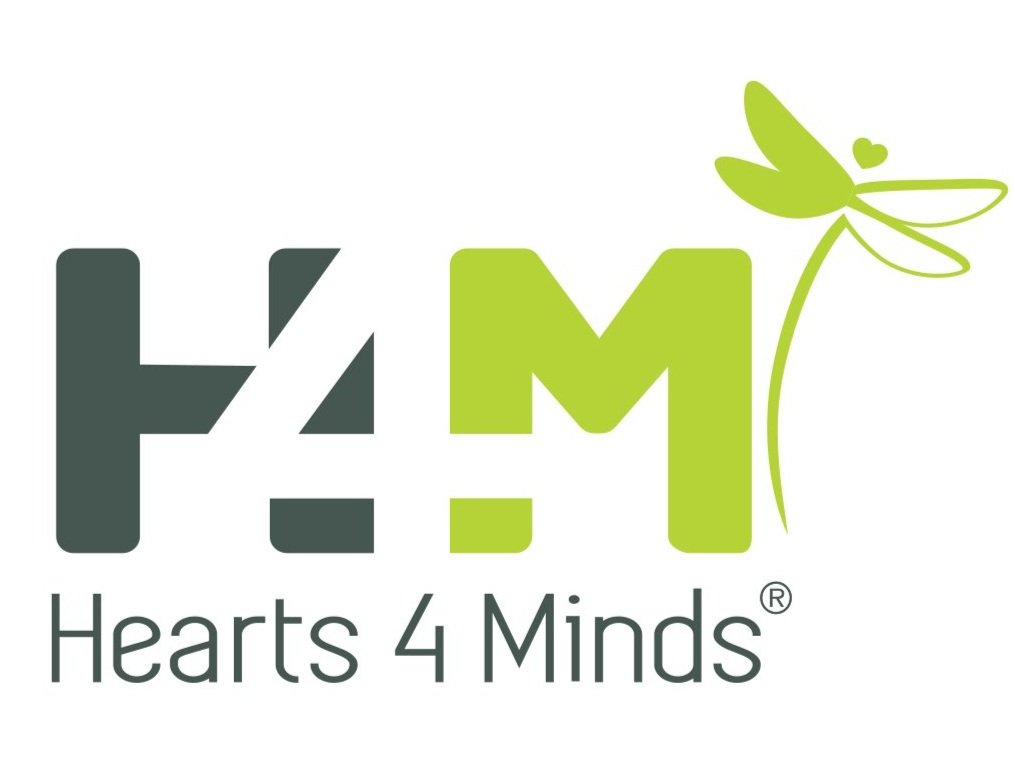Trichotillomania (Hair-Pulling Disorder)
What is Trichotillomania?
Trichotillomania, also known as Hair-Pulling Disorder, is a mental health condition where a person feels an irresistible urge to pull out their hair from the scalp, eyebrows, eyelashes, or other parts of the body. This behavior often leads to noticeable hair loss and emotional distress.
Trichotillomania affects about 0.5% to 2% of the of the general population suffers from this disorder
NIH: National Library of Medicine [source]
Symptoms and Patterns
-
Repeatedly pulling out hair, resulting in hair loss
Increasing tension before pulling, followed by relief or satisfaction
Attempts to stop or decrease hair pulling that are unsuccessful
-
Feelings of shame, guilt, or embarrassment
Anxiety or boredom that triggers pulling episodes
Avoidance of social situations due to visible hair loss
WHAT TREATMENTS ARE AVAILABLE?
Cognitive Behavioral Therapy (CBT)
CBT helps individuals identify triggers and change the thought patterns that drive hair-pulling behavior. It focuses on developing healthier coping mechanisms and increasing self-awareness.
Habit Reversal Training (HRT)
A core part of treatment, HRT teaches individuals to recognize the urge to pull and replace it with competing behaviors — such as clenching fists or using fidget tools.
Acceptance and Commitment Therapy (ACT)
ACT focuses on accepting uncomfortable thoughts and emotions instead of acting on them. It encourages mindfulness and values-based action.
Family Therapy and Support
Involving family can reduce stress and improve understanding. Support groups can also provide connection and encouragement during recovery.
SELF-MANAGEMENT
Identify triggers and patterns through journaling
Use fidget objects or stress balls to redirect the urge
Practice relaxation techniques (e.g., deep breathing, mindfulness)
Keep hair care tools (like tweezers) out of immediate reach
Join support groups or online communities for encouragement
HOW DO I GET HELP?
BECOME AN EXPERT
Learn about triggers, treatment options, and coping strategies. The more you understand trichotillomania, the more effectively you can manage it.
PARTNER WITH YOUR HEALTH CARE PROVIDER
Work closely with a therapist or psychiatrist experienced in body-focused repetitive behaviors (BFRBs) to find a treatment plan that fits your needs.
BUILD HEALTHY HABITS
Adequate sleep, regular exercise, and stress management can significantly reduce urges to pull.
